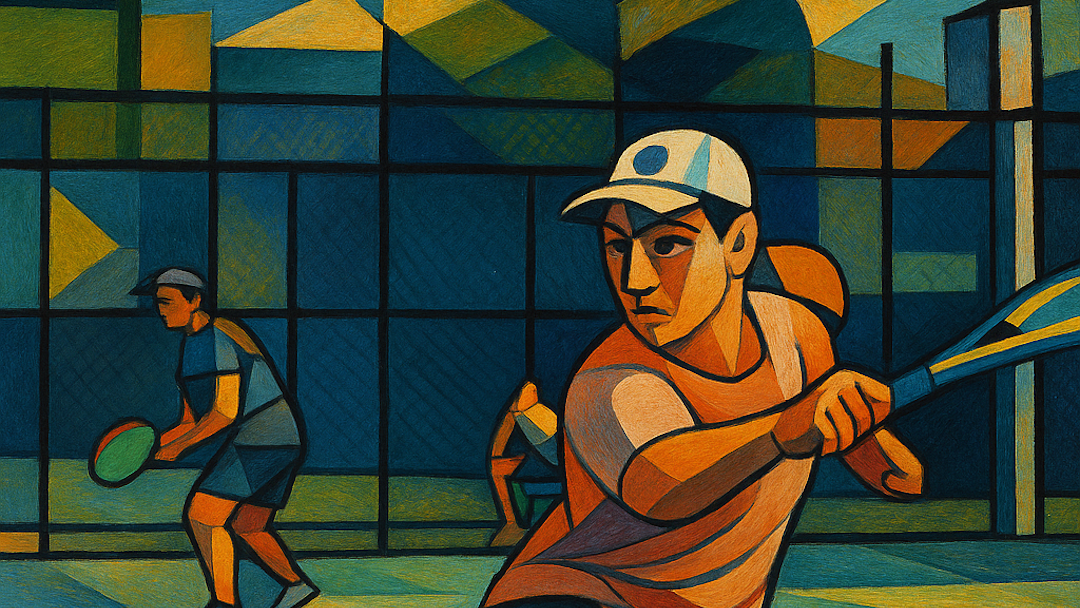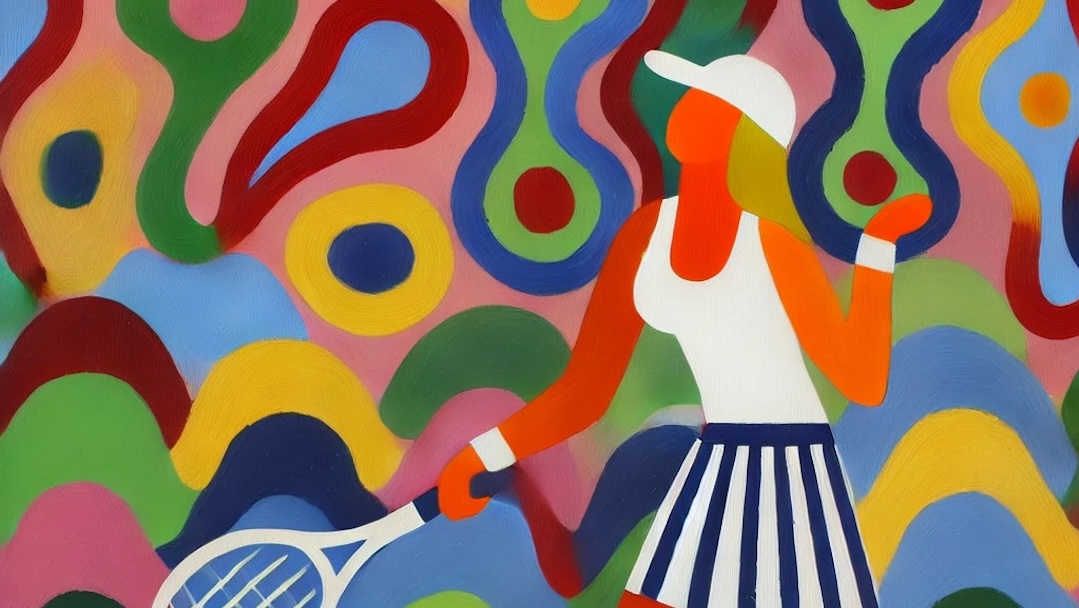Tennis Hits the Books
The Inner Game of Tennis by Timothy Gallwey is the undisputed best selling book about tennis. To be fair, with that title, it would be exceptionally weird if it wasn’t about tennis. It is the almost singular exception to the rule of thumb that tennis books don’t sell very well. It is lightning in a bottle and for good reason. It is very, very, good.
I pretty much assume that anyone who is so into tennis that they follow this site on a regular basis has at least heard about The Inner Game of Tennis. That being said, I would have claimed to be completely familiar with the book prior to reading it again this week in my preparation for this post. I didn’t remember it all that clearly as it turns out.
The Inner Game of Tennis that I read in my youth was an earlier edition than the one I have now. The updated version in my possession was purchased for the benefit of the umpire I gave birth to, who promptly declared it to be a bunch of hooey. Probably I should have put it into her hands before she reached that age where any parental advice rendered is patently absurd.
During a changeover of a recreational doubles match last weekend, I mentioned that I was in the middle of a re-read of The Inner Game of Tennis and that as an adult I made the discovery that a lot of the contents went straight over my head in my youth. My playing partners commented that they did not remember it being *that* kind of book. (To be clear, it is not *that* kind of book.)
I remember, and embody to this very day, the concept of the battle between “Self 1” and “Self 2” which is the opening theme of The Inner Game of Tennis. The selves are the mental model that Gallwey uses to illustrate the raging emotions and thoughts that inhibit peak performance. Self 1 is our demons. Self 2 is our hypothetical rational side.
What I missed as a kid is that that the second major theme in this book is really a philosophy on the art of tennis instruction. It is a treatise on not overburdening tennis students with technical information that may distract from the mastery process. Instead there is an emphasis on flow and feel.
The final theme in The Inner Game of Tennis is a Zen-like approach to improvement and mastery at a personal level. This, by far, was the part of the book that most resonated with me in my current personal tennis journey. I am very much trying to make the most out of the COVID-19 induced suspension of competitive play to explore opportunities overhaul certain aspects of my play.
My updated version of The Inner Game of Tennis contained some observations on how conventional wisdom in tennis continuously evolves. One example provided was a point in time when the top professional players all employed serve mechanics and technique that was out of alignment with the “correct” way to serve as documented in the official instructional manuals. The best players had somehow intuitively found a better way.
After my short 28 year hiatus from tennis, one of the other players at the very first public drill I attended commented on my “old school” eastern forehand grip. I was aware at the time that the eastern grip was horribly out of fashion. After all, the umpire I gave birth was constantly belittling my antiquated technique and crazy ideas about keeping the ball in play. It was still jarring that my eastern forehand grip was so noticeable to warrant comment by a random stranger.
The eastern forehand grip was another example cited by Gallwey. All the official instructional tennis publications specified the the eastern grip for the forehand long after the majority of the professional players had already shifted to semi-western. This example was particularly relevant to me because I have come to the realization that over the past five years my forehand grip has somehow, unconsciously and unintentionally, rotated over to semi-western. Intuitively.
The Inner Game of Tennis is the only book I will make the following statement about. You can say that you are serious about improving your game, but if you have not bothered to read this book, you’re kidding yourself.
 | The Inner Game of Tennis: The Classic Guide to the Mental Side of Peak Performance, W. Timothy Gallwey |



